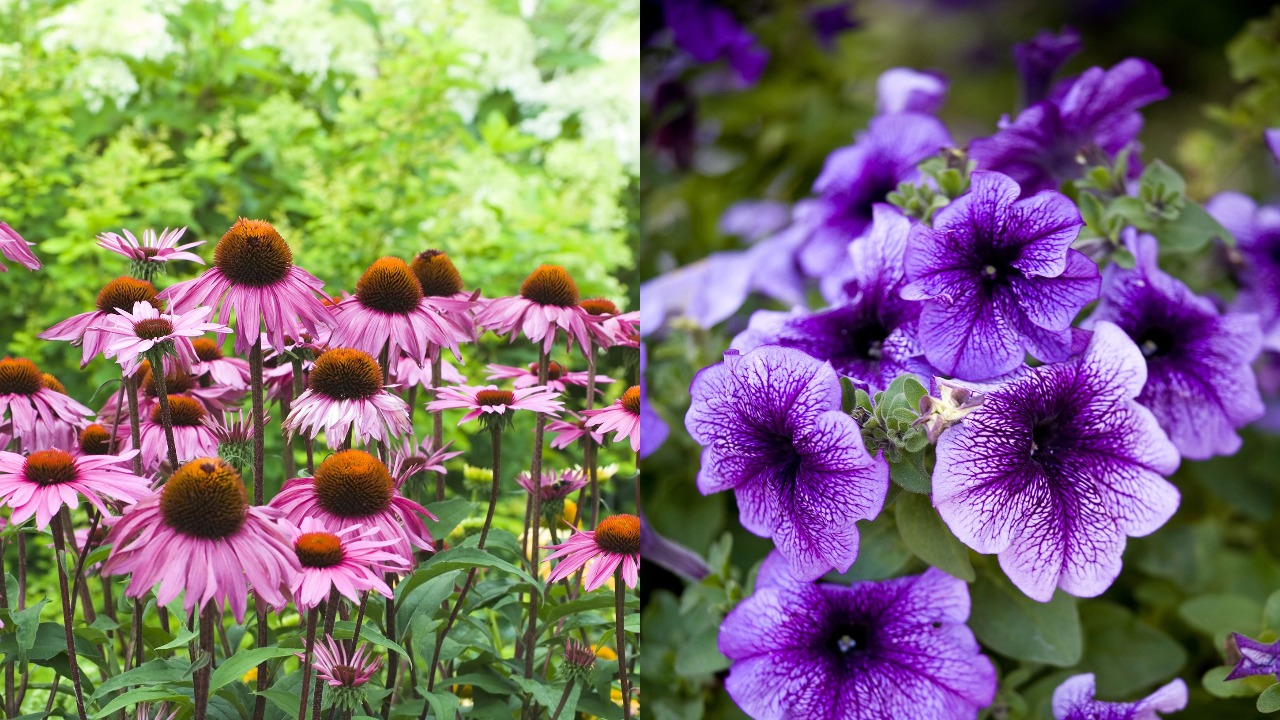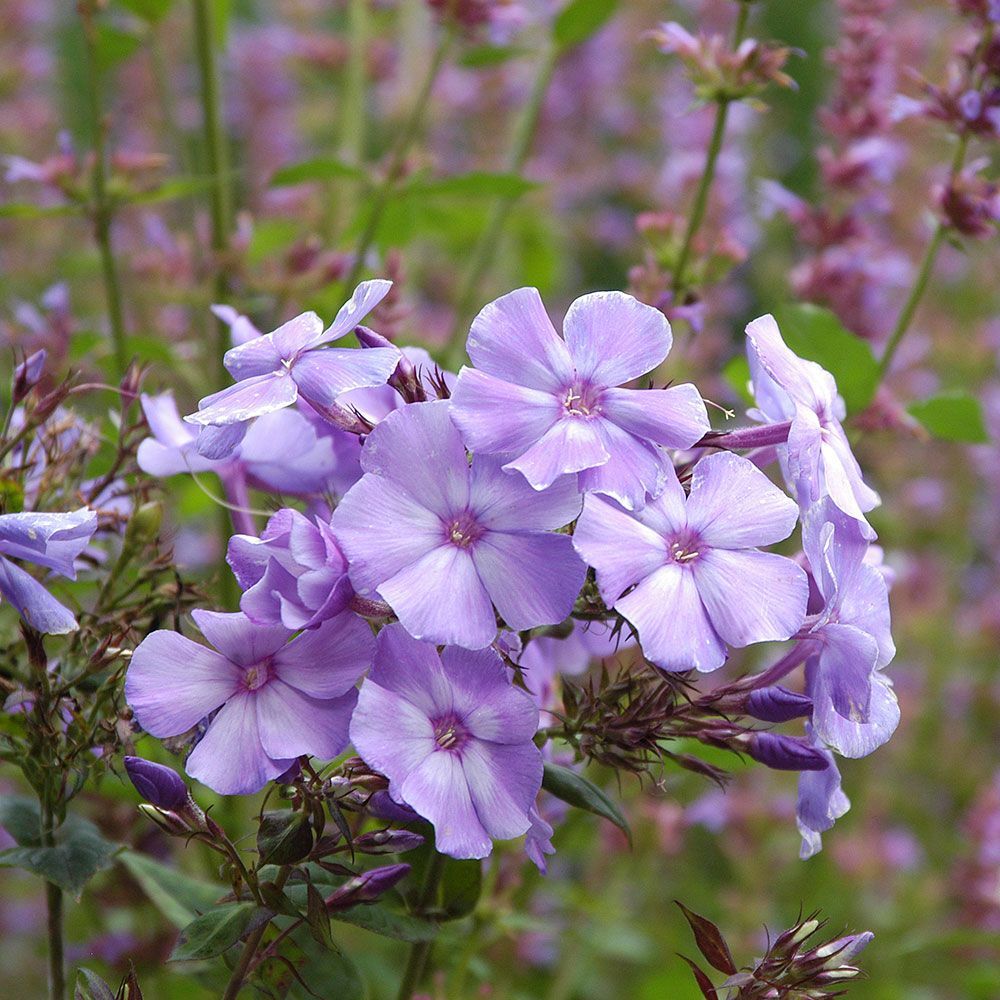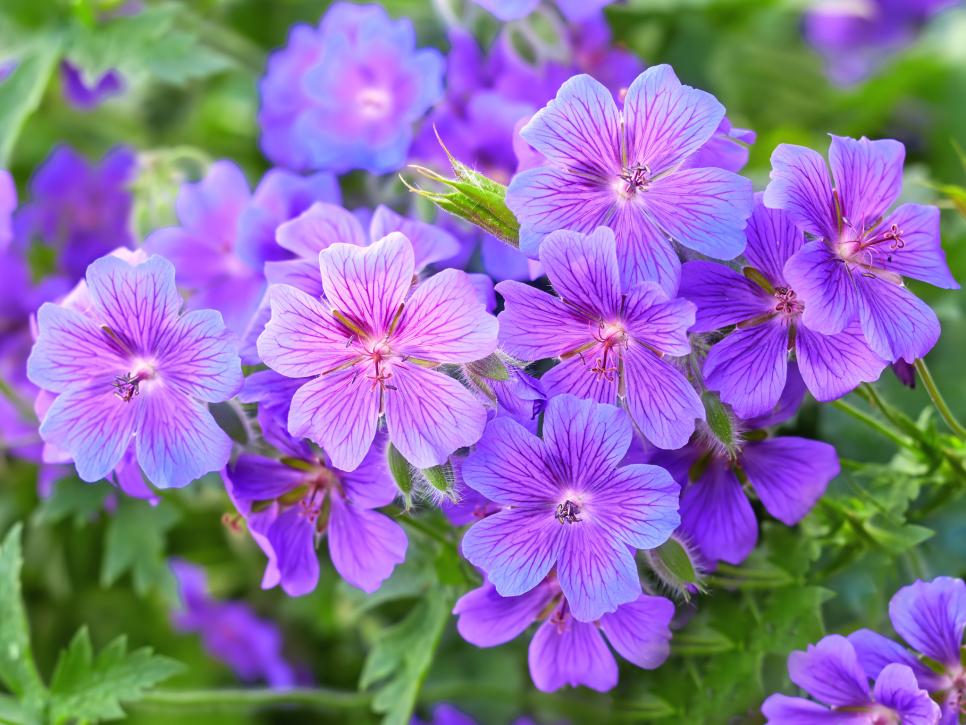Perennial VS Annual Flowers – Which One You Should Have In Your Garden

A flower is a peculiar attribute of flowering plants and is really an extension of the shoot meant for reproduction. Flowers are beautiful and show up in various hues and shapes to attract pollinators who help in pollen transfer.
The flower is the characteristic reproductive structure of angiosperms. The fundamental components of a flower can be considered in two parts, the vegetative part that includes petals and related structures in the perianth, and the reproductive or sexual parts.
A typical flower consists of four kinds of structures attached to the tip of a short tail, which are organized in a whorl. The four whorls are calyx, corolla, androecium, and gynoecium. Most flowers have four primary parts: sepals, petals, stamens, and carpels. Stamens are the male part, while the carpels are the female part of the flower. Most blossoms are bisexual, where they contain both male and female parts. Others may contain one of the two components and might be male or female.
Different types of flowers (the Angiosperms) can easily be identified by dividing them into Monocots or Dicots. There are other ways of classifying flowers, especially Annuals; Perennials, Biennials, and Ephemerals; or even by the way they reproduce, such as Sexual Reproduction and Asexual Reproduction, e.g., Bulbs. Here we will be talking about perennial flowers and annual flowers.
About Perennial Flowers

In Perennial flowers over the ground part of the plant dies in frosty climate, however, re-develops from the base and rootstock the following spring to blossom once more. Perpetual plants live for over two years. They return year after year and keep developing until they reach maturity, which varies by plant yet averages three to five years. The expression “perennials” refers to herbaceous (“green”) plants since woody plants, for example, trees, are perennial by definition. Perennials generally do not have to be replanted each year.
African Daisy (Osteospermum), Aster(Daisy Family), Astilbe Flower (False Spirea), are some perennial flowers.
Pros
- Perennials will come year after year.
- Do not need much care and maintenance.
- They can easily adapt to weather conditions.
- Perennials are hardier.
Cons
- They don’t bloom in their first year.
- Perennials cost more.
- Typically, the flowers are not as vibrant as annuals.
- They need to be placed carefully because it is harder to transplant them once they have taken root.
About Annual Plants

Annual flowers develop for one long season, frequently into the fall, then disappear with the beginning of frosty climate. Annuals are an extraordinary method to change the vibe of your garden from year to year, and they will, in general, have a longer blooming period than perennials. They develop from seed, blossom, produce seeds, and die in one growing season. They then should be replanted each spring. Most annuals blossom for a long time. They give wonderful colors from spring through fall.
Marigolds, larkspur, nasturtium, cosmos, strawflowers, and zinnias are some examples of Annual plants.
Pros
- The plant will produce more flowers because it believes that it has not yet successfully spread its seed.
- The main advantage is the varieties and bright colors you can get.
- Annuals are affordable.
Cons
- They are not so hardy.
- The growing season of annuals is not as long as perennials.
- Require more work, like regular watering, weed pulling, and dead-heading.
Comparison Between Perennial and Annual Flowers
Life Cycle
Perennials flowers are planted once and return year after year. In one season, they develop, blossom, and then go dormant. Cut the plants in the fall, and they will begin to grow again in spring from the previous root system. Perennials regularly reseed and will spread out throughout the years. They generally bloom for a much shorter time during the season than the annuals.
Annuals are flowers that complete their full life cycle from seed to last buds in a single season. Annuals can give flowers all through the developing season if they are looked after appropriately. This implies cutting them back or wiping out spent blooms with the goal that new ones can develop.
Availability
The accessibility of perennials is limited, and they are hard to develop from the seeds. They are not as vibrant in shading, but found in shades of lilac, pink and yellow. Perennials have varying heights from tall to low growing, which can add more enthusiasm to the garden.
Annual flowers are more readily available and have a wider variety than perennial since they are a well-known choice for commercial cultivators. In the garden center, you may discover many varieties of annual flowers in different hues. These plants are generally about a similar size, as small to medium height plants. The colors are rich, and range in hue from red to purple, and from blue to yellow.
Maintenance
Perennials don’t generally develop well from seed, and when seedlings are planted, they are not likely to blossom until the following year. Perennials are a “plant it and forget it” type of flower, mostly. They return year after year and do not need a lot of maintenance.
It is not at all difficult to grow your own annuals from seed for further savings.
Annuals are more labor-intensive for quite a long time. They need to be dug up and eliminated in the fall and replanted in the spring. To take full advantage of your annuals, you additionally need to remove spent blooms so that they will keep on blooming all through the season.
Height
Perennials come in five different size ranges.
- The petite perennial plants’ height ranges from 4-8 inches.
- The low growing perennials plants’ height ranges from 12-18 inches.
- Medium-sized perennial plants’ height ranges from 23-35 inches.
- Tall perennial plants’ height ranges from 35-47 inches.
- Giant perennial plants’ height ranges from 59-117 inches.
Annual plants are maximum 12-24 inches tall.
Watering
In general, perennials need about an inch of water each week to be healthy. Early morning is the ideal time of day to water your garden.
Numerous annuals need water each day, particularly if they are in the sun. Don’t wait for your annuals to shrink before you water. Rather, search for signs, for example, loss of gloss on leaves or just stick your finger into the soil. When you water, if possible, water the soil, not the plants.
Best Time to Plant
The ideal time for planting perennial blossoms are during the spring and fall. Planting during these seasons will guarantee your plants become healthy and strong. In the spring, you have warmer soil, a lot of precipitation, and longer days with more sunlight. Planting in the fall also has its advantages. Your perennials will spend the whole winter developing strong roots, which will permit them to bloom bigger the following spring.
The best time to plant annuals relies upon the particular plant and your atmosphere. Annuals are assigned as “cool-season” or “warm-season” based on their hardiness and capability to develop in cool soils.
- Cool-season annuals grow in cold climates and mild temperatures of spring and fall.
- Warm-season annuals grow in warm months of late spring, summer, and early fall.
Conclusion
Whether you decide to plant one or both of these kinds of blossoms is up to you. It is a decent plan to plant some of both. Perennials will add depth to the blooming garden due to their differing sizes, while annuals will include a pop of hues, and can be utilized to fill in void spaces effortlessly.





